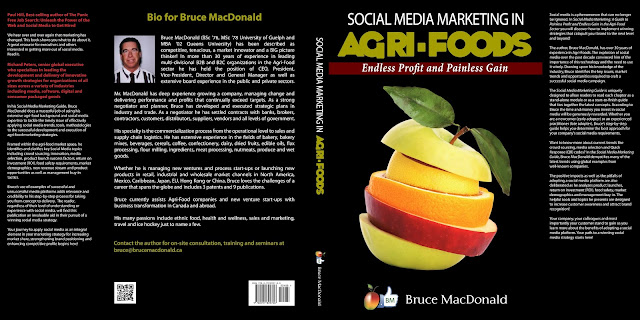SMALL-CHAIN EATERIES SERVE MORE CALORIES
Published May 14, 2013 in Food Product Design. Calories in small-chain outlets are actually higher than in larger national chains.
BOSTON— Research reveals that the average meal at small-chain restaurants contains about two to three times more calories than it should, indicating that large-chain restaurants are not the only culprits in America's obesity epidemic, according to a new study published in the JAMA Internal Medicine.
SMOKED SALMON APPETIZERS
Tufts University researchers analyzed meals from 33 independent and small-chain restaurants in the Boston area and found the average meal contained 1, 327 calories—about 66% of typical daily calorie requirements for a single meal. While all restaurants provided an online menu, they did not offer consumers adequate nutritional information.
A new rule will soon require restaurant chains containing 20 or more locations to post calorie content information. Small-chain restaurants, which account for approximately 50% of the nation's restaurant locations, will be exempt from the rule.
Nearly 73% of the meals analyzed through the study had more than half of the FDA's daily energy recommendation of 2,000 calories, and 12 meals contained more than the entire recommended intake.
On average, meals served at independent or small-chain restaurants had 1,437 calories, compared to 1,359 calories at larger national chain restaurants. Susan Roberts, Ph.D., researcher and Tufts University professor, said that the United States should not point fingers at solely large-chain eateries.
“These comparative findings suggest that both non-chain and chain restaurants contribute to the obesity epidemic, which is making people unhealthy and has a huge impact on health care costs," she said.
First author Lorien Urban, Ph.D., postdoctoral scholar in the Energy Metabolism Laboratory at the USDA HNRCA, said there is little information available on food's energy content when restaurants are not required to post nutrition information
“Given that an imbalance between energy intake and energy expenditure of only 100 calories per day can lead to a weight gain of between six and 15 pounds per year, our findings suggest that routine reporting of meal calorie content by all restaurants, not just large chains, would encourage individuals to make informed choices about their diet and would discourage restaurants from offering unhealthy portions," Urban said.
Check out my latest e-book entitled: "Social Media Marketing in Agri-Foods: Endless Profit and Painless Gain".
The book is available on Amazon and Kindle for $4.99 USD. Visit amazon/Kindle to order now:
http://www.amazon.ca/Social-Media-Marketing-Agri-Foods-ebook/dp/B00C42OB3E/ref=sr_1_1?s=digital-text&ie=UTF8&qid=1364756966&sr=1-1
Written by Bruce MacDonald, a 30 year veteran of the Agri-food industry, in "Social Media Marketing in Agri-Foods: Endless Profit and Painless Gain", Bruce applies his background and expertise in Agri-foods and social media to the latest trends, tools and methodologies needed to craft a successful on-line campaign. While the book focuses on the Agri-food market specifically, I believe that many of the points Bruce makes are equally applicable to most other industries.


No comments:
Post a Comment